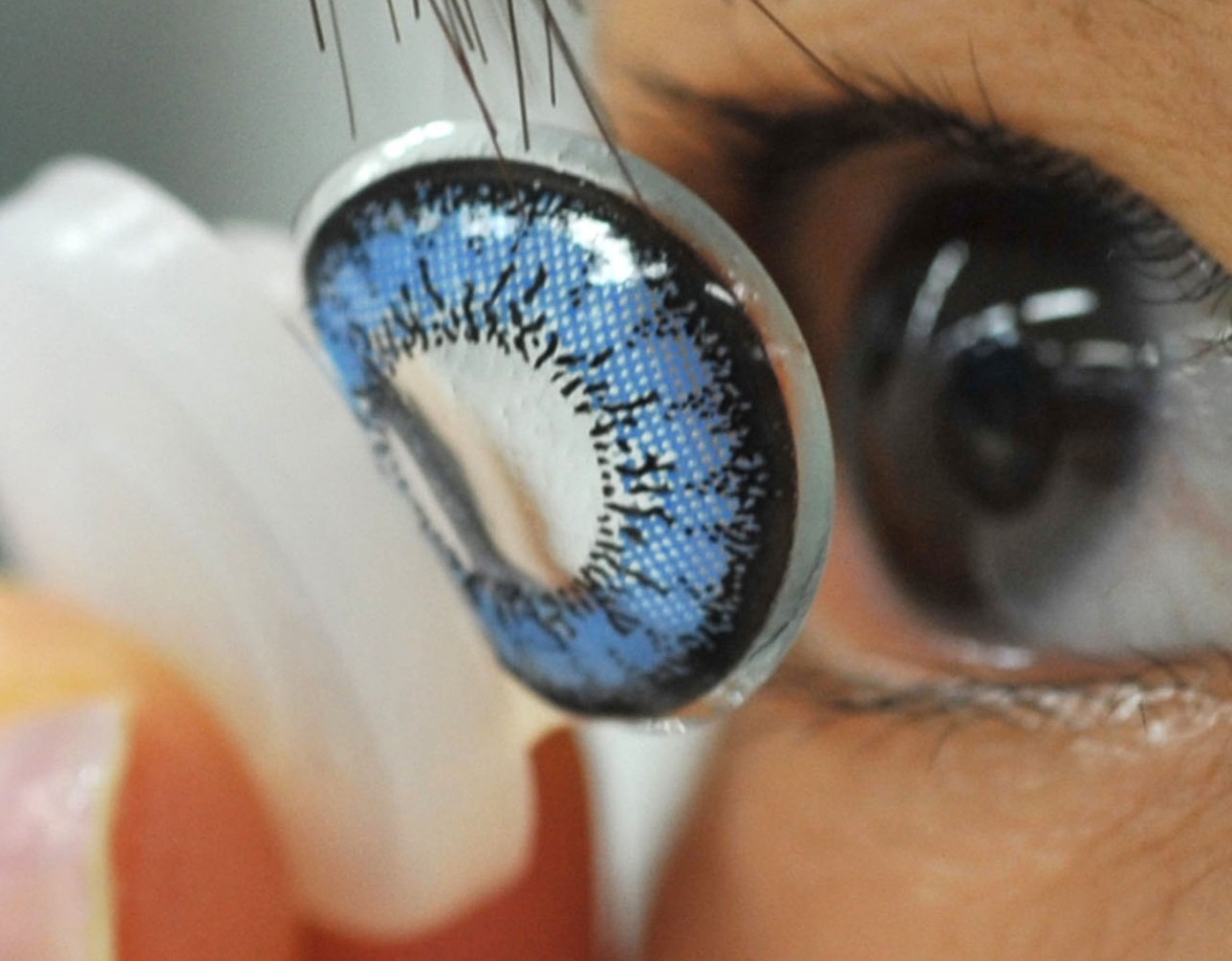
Vision problems are very common and may appear just at any age but the most common are refractive errors ranging from myopia to hyperopia, astigmatism and presbyopia. Fortunately, all refractive index errors are now corrected with contact lenses besides glasses. Contact lenses are not only easy on your budget but they also pose less risks of injuries, provided you are able to maintain hygiene with contact lenses.
What are Refraction Errors?
When light passes through one medium to another, it bends & the process is called “refraction”. As light rays enters into eye passing through cornea, they bend and focus at “retina” i.e. light sensitive tissue at the back of the eye where image is formed. Retina then transmits signals via optic nerve to brain and hence vision occurs. When eye ball or cornea of the lens is irregular in shape it causes obstruction focusing light rays on retina and as a result refractive index errors occur. The refraction errors are diagnosed during a comprehensive eye exam at a professional ophthalmologist facility. As per your lifestyle your doctor will recommend you either contact lenses or glasses to help you maintain visual acuity.
Myopia: Often referred as short-sightedness, it is a refractive index errors where you can see nearby objects clearly but have problems seeing objects placed at a distance. It happens when the eye ball slightly grows too long and the image is formed in front of retina than on retina. It is the most common refraction error and is estimated that 1 in 3 people in United States alone have this condition. Myopia can easily be treated by soft contact lenses.
Hyperopia: Hyperopia is the opposite of Myopia. It is a refraction error where distant objects can be seen clearly but the objects placed closeby appear blurred. It is also known as far-sightedness where the eye ball grows short & the image is formed behind retina instead of forming on retina. Hyperopia first affects the near vision and with age distant vision also becomes blurry. Although Hyperopia is very similar to “Presbyopia” i.e. another refraction error affecting near vision but caused by other factors. Hyperopia may appear at any age but in children most often it is present by birth.
Presbyopia: In patients with Presbyopia, it becomes difficult to see objects placed close-by. It also affects focusing between distant vision and near vision affecting intermediate vision. Presbyopia is an age related progressive vision problem that is caused by the rigidity of the retina. With age the lens of the eye becomes less flexible causing difficulty focusing light rays. It is treated with bifocals and or contact lenses- whichever you may prefer.
Astigmatism: It is an eye condition where objects placed at any distance appear blurred. It happens due to an irregularly shaped cornea which does not allow light rays to focus at one point. Astigmatism can be treated with both glasses and contact lenses but they are specially manufactured as the lenses require additional details to maintain sharp vision with Astigmatism. Unlike myopia & hyperopia, astigmatism is measured by diopters and needs a cylindrical value instead of a spherical value.
Although refractive errors cannot be cured they can be treated using contact lenses. Contact lenses are weight less hydrophilic devices that provide freedom from glasses and convenience in your daily life.


